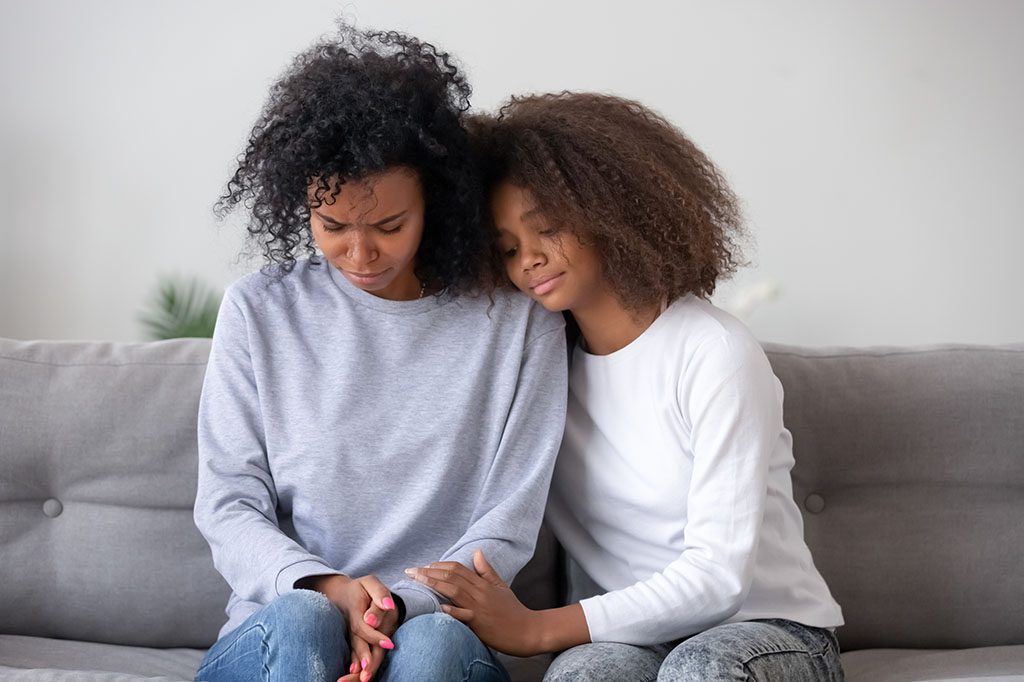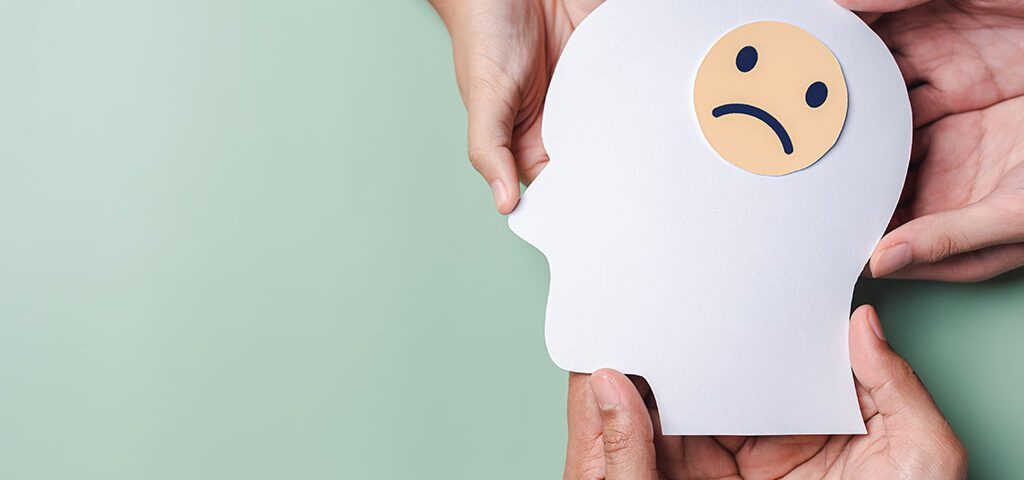


How To Stop Trauma Dumping
March 2, 2023

Cartoon Characters With Mental Disorders
April 5, 2023Is Anxiety a Chemical Imbalance?


Is Anxiety a Chemical Imbalance?
Many of those struggling with symptoms wonder how anxiety happens. They ask themselves how it is possible that they could experience something so severe and life-altering. Indeed, anxiety can be a highly overwhelming form of mental illness that can significantly impact one’s quality of life. In some cases, the mental symptoms of anxiety can contribute to physical symptoms to such an extreme degree that they make the individual feel that something else is wrong. With so much speculation on the causes of anxiety, one question is continuously thrown around - is anxiety caused by a chemical imbalance?
Chemical Imbalance & Anxiety
Since the late 1980s, we have been told that mood and anxiety disorders are caused by chemical imbalances in the brain. It was claimed that mental illness was largely the result of a spike or drop in neurotransmitters linked to mood. It is also widely believed that medications can target these chemicals, reinstate a balance, and “cure” the condition altogether.
This is loosely referred to as the chemical imbalance theory. The persuasion of this theory was so convincing that medications recommended to “correct” this imbalance generated billions of dollars every year. However, there’s little empirical evidence to support this theory.
The human brain is believed to have hundreds of different neurotransmitters. The chemical imbalance theory suggests that a person can become more susceptible to developing anxiety symptoms if one or more of these chemicals is not balanced. But if this is the case, what are anxiety's chemical causes? More on that is below.
What Chemical Causes Anxiety?
There are several types of anxiety disorders, including situational anxiety. Individuals with an anxiety disorder experience symptoms in new or unfamiliar situations. For instance, a person may experience situational anxiety due to an important job interview or a first date. Other common examples of situational anxiety include:
- Public speaking.
- Auditions.
- Meeting new people.
- Traveling away from home.
- Trying new things like a new sport or flying on an airplane for the first time.
Situational anxiety, however, is not a distinct medical condition that psychologists diagnose. Rather, it is a pattern of symptoms that an individual may realize they experience in particular scenarios. This does not mean that situational anxiety is not real, and it is treatable through various forms of mental health treatment.
On the other hand, multiple forms of anxiety are not situational but are instead associated with an elevation or drop in certain neurotransmitters or chemicals in the brain. Chemicals believed to cause anxiety include serotonin, dopamine, norepinephrine, and gamma-aminobutyric acid (GABA).1
Serotonin is a neurotransmitter that is largely associated with mood, sleep, appetite, and other regulatory functions. Experts have found that reduced levels of serotonin in the brain are linked to depression and anxiety.2
Dopamine is a neurotransmitter that is also believed to contribute to symptoms of anxiety. Dopamine influences energy, attention, reward, movement, and motivation, among other functions. Norepinephrine is also related to anxiety in that it contributes to the fight-or-flight response or the physiological response to stress.
Lastly, GABA is an inhibitory neurotransmitter that plays a role in balancing excitement or agitation by inducing feelings of calm and relaxation. For example, alcohol impacts GABA levels in the brain, which is why drinking heavily leads to severe drowsiness and sedation.
Other Anxiety Causes to Consider
While it is understandable why “anxiety” brain chemicals are believed to be the main cause of symptoms, other theories concerning the causes of anxiety disorders look at the possibility of genetic or environmental influences. Genetic theories are based on solid evidence of a familial link in anxiety disorders.
For instance, six controlled studies show a 5.7% to 17.3% increased risk of panic disorder when a relative also has this condition.3 Other theories look at environmental factors of anxiety, such as one’s upbringing or current life stressors.
For example, childhood problems like being raised by overprotective or overbearing parents, attachment issues, and experiences of abuse or neglect can greatly impact an individual later in life. Experiencing major life stressors and transitions – such as the loss of a loved one – could also affect a person’s well-being and make them more likely to develop a mental health disorder like anxiety.
Currently, most professionals who treat panic and anxiety disorders rely on a multidimensional theory to understand the causes of anxiety. This theory is based on the notion that a combination of factors results in the development of panic or anxiety disorder, meaning that chemical imbalance is only partly to blame for anxiety.
Anxiety Treatments at Banyan
If you or someone you care about struggles with a panic or anxiety disorder, do not wait to get help. Like other mental illnesses, anxiety can become severe enough to disrupt a person’s quality of life, making even the simplest of tasks seem impossible.
There are numerous Banyan facilities for mental health nationwide that offer anxiety treatment on both residential and outpatient levels. Our rehab centers utilize evidence-based therapies like cognitive behavioral therapy (CBT) to support clients in their recovery.
For more information about our adult mental health services, call Banyan Mental Health today at 888-280-4763 or send us your contact information, and we’ll reach out to you.
Sources:
- ScienceDirect - The Neurobiology of Anxiety Disorders: Brain Imaging, Genetics, and Psychoneuroendocrinology
- PLOS Computational Biology - Serotonin, Inhibition, and Negative Mood
- Journal of Korean Medical Science - The Genetic Basis of Panic Disorder
Related Reading:







